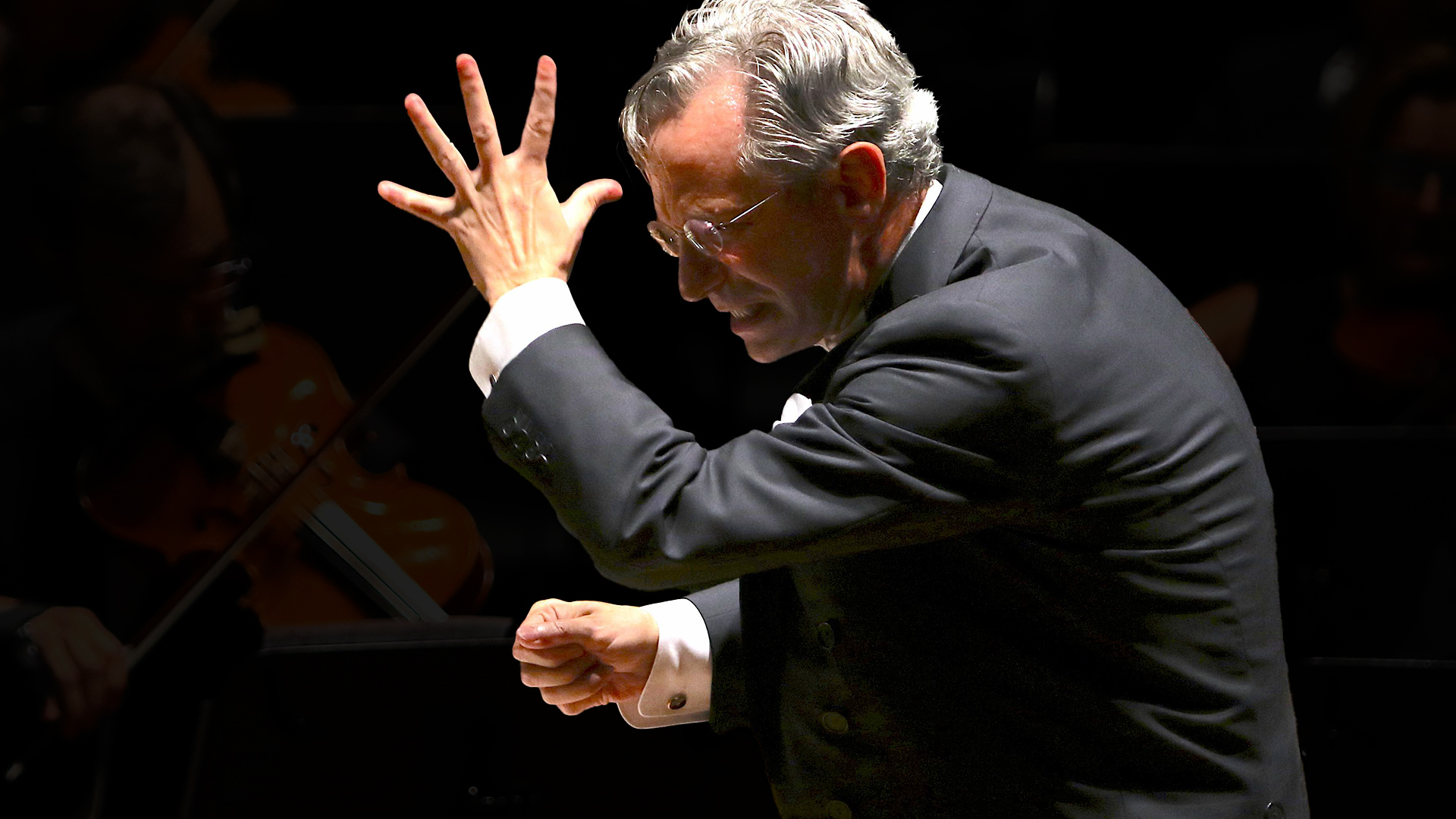VALÉRIE PHILIPPIN
Donn’ Sienne danse l’ac
(first Italian performance)
LUCIANO BERIO
Sequenza III
GEORGES APERGHIS
Pour Gabrielle
(first Italian performance)
FRANZ SCHUBERT
Symphony n. 9 in C major La grande D 944
Mezzosoprano
Donatienne Michel-Dansac
Conductor
Fabio Luisi
Opera Carlo Felice Genova Orchestra
In collaboration with the Centro Studi Luciano Berio
The program of the concert Mitteleuropa – Verso Berio 100 is divided into two parts: the first explores the rich potential of the voice, through Luciano Berio’s Sequenza III and two pieces in the first Italian performance: Donn’ Sienne danse l’ac di Valérie Philippin and Pour Gabrielle, by George Aperghis. The second part will instead feature one of the most celebrated titles of the symphonic 19th century: Franz Schubert’s Symphony La Grande.
The study of vocality has always been central to all musical traditions. Mankind has always been interested in singing, an invaluable tool by which vocal expression becomes music. In the Second Twentieth Century this study became more open, several composers became interested in the musical potential of vocal expression even beyond singing as it had been established in the Western European tradition of previous centuries. Thus, here are born compositions inspired by folk songs from around the world, and also by a type of vocality not commonly thought of as musical. A great example of this was precisely Sequenza III, for solo voice, which Luciano Berio composed in 1965. The piece is definitely unusual, almost provocative, in its depiction of vocality. Here are some of the words Berio dedicated to Sequenza III in his author’s note:
“Voice always carries with it an excess of connotations. From the most insolent noise to the most exquisite singing, the voice always means something, always refers back to something other than itself, and creates a very wide range of associations. In Sequenza III I tried to musically assimilate many aspects of everyday vocality, even the trivial ones, but without giving up some intermediate aspects and actual singing. […]».
This research has naturally progressed, and to this day continues to be explored. Good examples of this are Donn’ Sienne danse l’ac e Pour Gabrielle, by contemporaries Valérie Philippin and George Aperghis, both composed for the unique voice of Donatienne Michel-Dansac.
The famous Symphony n. 9 by Schubert, known as La grande, was composed around the mid-1920s, and is, along with the Incompiuta, an important milestone in the composer’s maturity. It was first performed in 1839, thanks to the intervention of Schumann, who found the score after Schubert’s death. What makes La grande one of the most iconic symphonies of the century of Romanticism is that it anticipated many aspects of a symphonism that would not fully develop until several decades later. Schubert anticipates the size of the ensemble, which is that of a large orchestra, and the very breadth of the composition, where the key principles of classical symphonism are dispensed with to make way for a more personal and at times evocative perspective. Rather than accentuating the contrast between themes, Schubert focuses on their accumulation and iteration by variations. The thematic material is then exposed, taken up, affirmed, becoming the protagonist of the composition. These are just some of the aspects that make La grande an emblematic composition, a key reference for several composers to come, and a turning point in the history of the symphony genre.
Ludovica Gelpi

